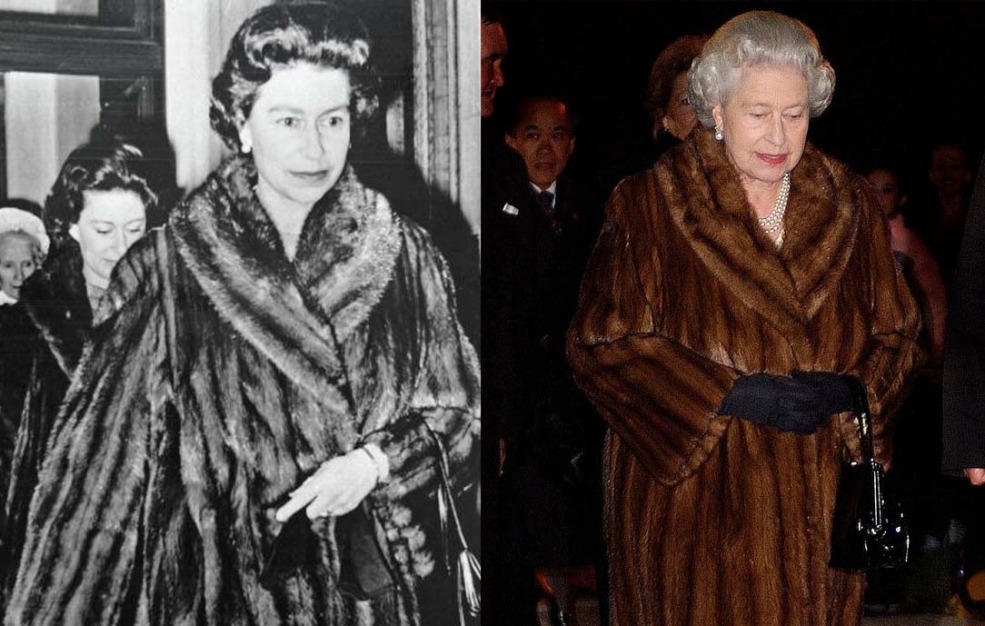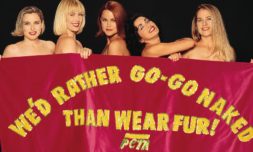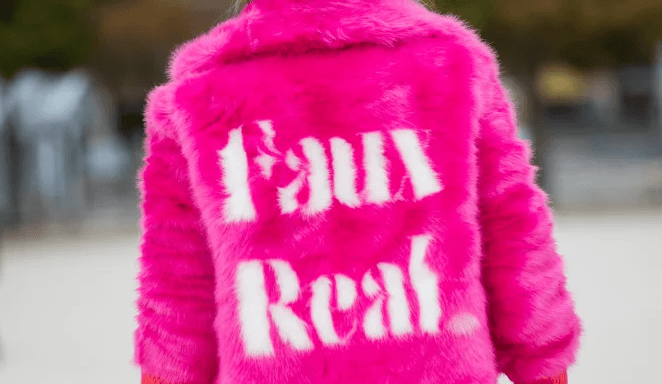Queen Elizabeth II has decided to follow in fashion’s footsteps and ditch real fur garments for their faux alternatives, but is the latter really that much more ethical?
Queen Elizabeth II, famous for owning a plethora of fur items that she often wears during cold weather appearances (specifically a controversial pair of leopard-skin stoles from the 50s), has officially gone fur-free. According to her personal dresser Angela Kelly, she will be shunning the ‘cruel product’ in favour of faux materials, a new policy that’s received a great deal of praise from animal-rights activists.
‘PETA staff are raising a glass of gin and Dubonnet to the Queen’s compassionate decision to go fur-free,’ said Mimi Bekhechi, the director of international programmes at PETA. ‘This new policy is a sign of the times, as 95% of the British public also refuses to wear real fur.’
Amidst the continued worldwide protests in favour of banning fur, countless brands, celebrities, and designers have chosen to stop using real animal fur. Major fashion houses like Prada, Chanel, Michael Kors and Gucci have all banned it, and the entire state of California passed a revolutionary law prohibiting its sale, donation and manufacture last month.
‘We are calling on the British Government to follow Her Majesty’s example and make the UK the first country in the world to ban the sale of animal fur,’ said Claire Bass, executive director of Humane Society International. ‘In 2019, no one can justify subjecting animals to the agony of being caged for life or caught in steel traps and skinned for toxic fur items.’

Now, as the latest well-known figure to join the ‘no fur’ brigade, Elizabeth II is proving that attitudes to the material have truly changed. Once considered a mark of great wealth, years of animal-rights activism has resulted in a total reversal of this viewpoint and the Queen is definitely right to be following suit.
‘If Her Majesty is due to attend an engagement in particularly cold weather, from 2019 onwards fake fur will be used to make sure she stays warm,’ said Kelly. This does not, however, suggest that she will not be wearing what she already owns, such as the historic ceremonial gowns she is required to sport while carrying out her Royal duties. It simply means that she will refuse to have anything made using real fur in the future, and that she has opted to have mink trims removed from some of her favourite coats.

Stella McCartney and Givenchy have succeeded in showing us that faux fur is prolific and can be pretty much indistinguishable from the real stuff. It’s evolved from a once cheap and relatively itchy material to a luxe and believable version of its real self – one that’s so soft and realistic, brands and consumers alike are struggling to tell the difference.






















